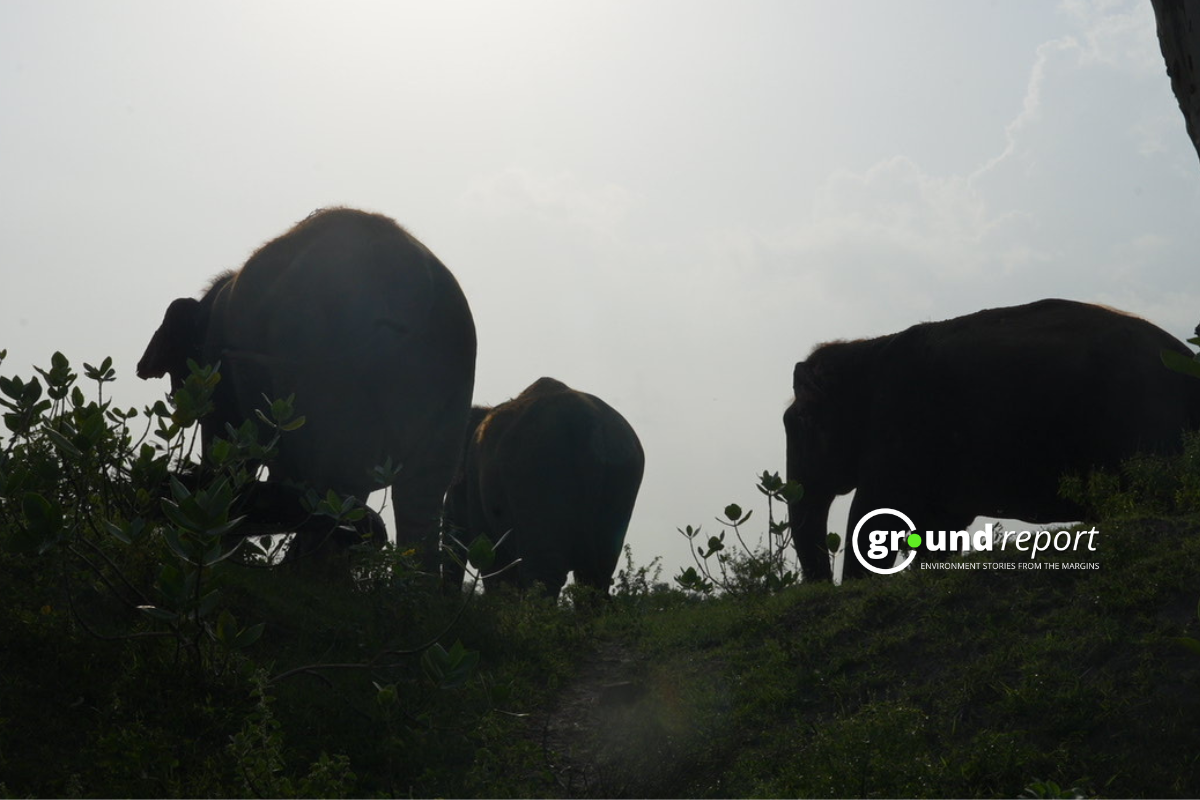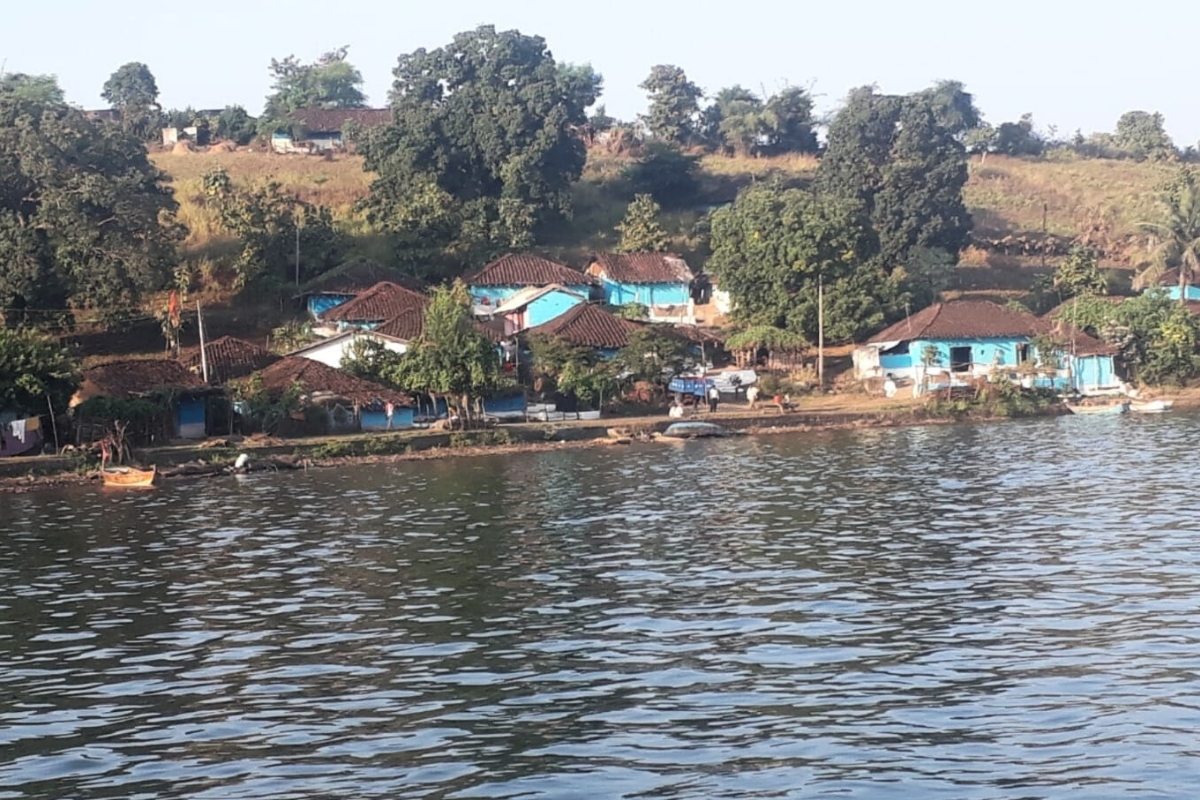Seagrass is a wonderful plant that lives in shallow, sheltered areas along our shoreline. It is vital to the health of our seas and can help address environmental problems.
Seagrass only covers 0.2% of the seafloor, and absorbs 10% of the ocean’s carbon every year, according to the United Nations Environment Programme, but it is disappearing due to densely populated areas, coastal development, dredging, disease and invasive species, and destructive fishing practices like anchor damage and trawling.
What is seagrass?
Seagrass is a type of submerged grass that produces flowers with leaves, roots, and veins that distribute nutrients and water throughout the plant. Seagrasses, unlike algae, provide food and shelter for thousands of species. For example, small organisms that live in or around seagrass are eaten by many species of commercial and recreational interest, including flounder, striped bass, bluefish, whiting, tautog, spot, croaker and the red grunt.
This makes them very different from algae. Some researchers refer to seagrasses as a “biotope unto themselves.” They consume a lot of CO₂ and are therefore an important source of CO₂ storage in the sea. In addition, seagrass, which is also the only flowering underwater plant, is vital for biodiversity. In short, it can make an important contribution to the fight against climate change.
How many species of seagrass are known?
There are 72 different species of seagrass in the world, belonging to four families. Compared to land plants, which have much higher rates of species diversity, the number is not high.
Useful plant
Researchers from Britain’s Swansea University now write in a new study published in the journal Science that the value of seagrasses goes beyond CO₂ storage. They point to the UN Sustainable Development Goals, which provide a blueprint for a sustainable future. Maintaining and restoring seagrass beds can contribute to sixteen of the seventeen goals, they write.
The researchers, including Dr. Richard Unsworth and Dr. Leanne Cullen-Unsworth, explain that seagrass beds can be used as a natural solution to climate change and to restore biodiversity. But it should be better protected since there is currently a high risk of the loss of marine phanerogams. Unsworth says: “Seagrass beds can limit the damage from greenhouse gas emissions, but if the ecological status of seagrass beds is as degraded as it is now, it is questionable whether they can contribute to solving the climate crisis.”
Under threat
Seagrass meadows are among the world’s most threatened ecosystems and are rapidly disappearing in many places.
Globally, more than a third has been lost in the last 40 years, according to Project Seagrass, the charity behind Seagrass Ocean Rescue. Destructive fishing, pollution and climate change are contributing to this decline, he says.
Scientists say seagrasses have long been considered the “ugly duckling” of marine conservation, but the growing climate emergency and the need to find new ways to capture and store carbon make their restoration vital. The UN has called it a “secret weapon in the fight against global warming.”
Support us to keep independent environmental journalism alive in India.
Keep Reading
Part 1: Cloudburst in Ganderbal’s Padabal village & unfulfilled promises
India braces for intense 2024 monsoon amid recent deadly weather trends
Follow Ground Report on X, Instagram and Facebook for environmental and underreported stories from the margins. Give us feedback on our email id greport2018@gmail.com.
Don’t forget to Subscribe to our weekly newsletter, Join our community on WhatsApp, and Follow our YouTube Channel for video stories.








